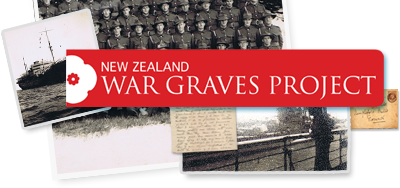Liberation of Le Quesnoy
Submitted by admin on Thu, 2016-07-07 13:54| Total New Zealand Deaths* | |
|---|---|
| 4 November | 137 |
| *Majority in the advance on Le Quesnoy and beyond | |
On 4 November, the next phase of the Allied advance began with the Battle of the Sambre. The division was tasked with the capture of Le Quesnoy and extending the front line past the town.
